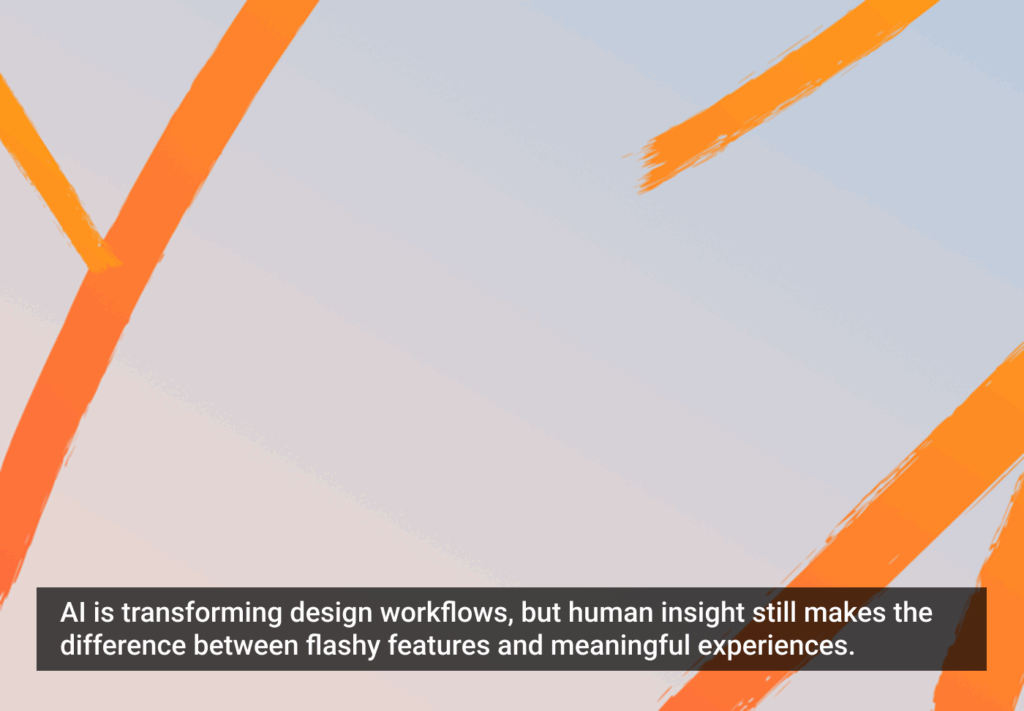I was in Austin, Texas recently and, following the rules of UX Adventure, I took the opportunity to coordinate with some Austin UXers to meet at a local bar. On the day of the meetup, I checked my Twitter account and noticed that our rendezvous had been tweeted by something called “AustinUX.org.” I didn’t give the tweet that much thought until I arrived at the appointed place that evening and met the Tweeter: Vitorio Miliano. Among many other things, we discussed his role in the Austin UX community, as a connector of UX events and people.
This got me thinking about my own UX community, in the Washington, DC area. Like Vitorio, our local UX Connector, Maxim Leyzerovich, has multiple channels he uses to convey UX events and happenings to others in the Greater DC area. Because of Maxim’s efforts, I regularly see DC-based UX events in my Facebook feed and Twitter stream, making it easy for me and others to stay on top of current happenings.
The Community-Level UX Connector
In the past, I’ve written about the value of UX organizations and UX leadership. The conversation with Vitorio brought to light yet another role within the larger UX community: the UX Connector. As I am defining the role, the UX Connector knows the local leaders of various organizations, keeps track of and posts UX events across organizations, and maintains a bird’s eye view of the community as a whole. The UX Connector’s web and social media resources are often the first stop for those new to a particular geographic area and help them get a lay of the land. Their communications also supply short-term visitors with current UX happenings while they are in town.
Vitorio referred me to an article he wrote in 2011 about the Austin UX Community, where he describes the origins of Austin’s UX community, its growing pains, definitions of membership, overlaps in mailing lists, and community needs. The article also describes research that he did through a survey and through a series of informal lunches he organized with UX professionals. Vitorio struggled with his informal role as a connector of UX communities, lamenting: “Austin as a cohesive design community does not exist at all.” He yearned to have people look beyond their workplaces and join the various local UX organizations, not simply consider their workplace to be their single source of career-related community.
In our conversation, Vitorio also explained how a survey could be a great way to help those within the area understand their own local UX community. He described a Quatrics survey he collaborated in developing that was engineered to have all groups in a community like Austin survey their membership. He offered that other communities could use this survey to better understand their own UX communities. Vitorio was a very impressive UX Connector—one who not only facilitated connections and knowledge across UX organizations, but also tried to understand his community around him.
Does your community need a UX Connector?
If you are a leader within your local UX community, you’re likely a leader of a purely local organization/meetup or are the leader of a chapter of a larger organization. You are also likely aware of other organizations outside of your own, but are embedded in your own affiliation. Is a UX Connector necessary? If your community is small and there really is only one organization out there, then perhaps not. Otherwise, there is potential value in this role.
Can an Organizational Leader become a UX Connector?
It’s possible that an organizational leader can be the community UX Connector, attempting to bridge gaps and avoid organizational silos. I certainly tried to do this during the years that I was responsible for the UPA DC (later UXPA DC) community. Along the way, I noticed that while the membership across the various UX organizations in DC appreciated the efforts towards collaboration that my various organizational partners and I tried to engender (with reasonable success), I was always seen as UXPA first, and they were primarily seen as leaders of their respective communities as well.
While a local UX leader can and should be on multiple mailing lists, it’s possible that the best community UX Connectors are those like Vitorio, who, from an organizational perspective, are not UX leaders of a particular organization and have the value of being that independent third party with the goal of making community connections.
Become that UX Connector!
As Vitorio demonstrates, knowing whether your community is a series of silos or organizationally matrixed involves talking to those within the community, both leaders of organizations and those who affiliate with those organizations. On a local level, all organizations can become stronger by having visible relationships with with other organizations and working together.
All organizations can become stronger by having visible relationships with with other organizations
If there’s a need within your community, why not fill the role? Become that UX Connector! Like Vitorio in Austin and Maxim in DC, try to do the following things:
- Stay on top of community events, provide social media feeds, and perhaps even a website of calendar listing goings on in your UX community.
- Go to different organizational events and let people know about what you’re doing.
- Get buy-in from organizational leaders. Ask them to help you spread the word about your efforts.
You may excel at being this type of UX leader—not an event organizer, but a meta-connector, someone who avoids organizational silos. You could be helping to create a stronger UX community in your region. Taken further, if you have the time and inclination, you can also follow Vitorio’s lead by doing some data collection and analysis to help everyone better understand the dynamics of your local community.
A Big Effort to Create Local Connectors
Back in 2004, before my own time as a UX leader, a number of UX leaders got together and created an organizational UX connection infrastructure: UXnet. The aim was two-fold: The first goal was to facilitate connections between UX-related organizations, and the second goal was to create an infrastructure for the UX Connector role, which they called “local ambassadors.” If this local ambassador ever “retired” from their efforts or perhaps moved away, UXnet would provide a structure that would make it easy for another person to step in and take over. While a uxnet.org website still exists as an artifact of the effort, the initiative failed.
I asked one of its creators, Lou Rosenfeld, for some insight into why UXnet failed so that any new similar initiatives could learn from this attempt. Rosenfeld suggested that UXnet was perhaps an effort that was ahead of its time, noting that there were a number of reasons for the failure:
- Professional organizations didn’t want to focus on something outside of their silos and therefore didn’t fully buy into the effort.
- The effort relied on volunteer support, but some of the organizational leaders ended up being too busy with the leadership of their primary organizations. Many of the local volunteers also ended up being pulled away by their regular jobs.
- The selected technology infrastructure for UXnet did not fully support its needs.
International infrastructures like those used by UXPA, IxDA, AIGA, STC and others are connectors across communities. But they are still vertical silos, promoting only one brand; those brands are of critical value, but none of these organizations should be seen as singular paths to UX community.
Another Vision
If I could propose a vision for a future UXnet, a global infrastructure of UX Connectors, it would be much more organic in nature, and would contain the following ingredients:
- Visible friendships: The leaders of international organizations need to be openly friendly. While a defined approach to what will come of their friendship and collaboration is ideal, in reality, how the international organizations collaborate is likely not as critical as the fact that they clearly get along. With visible appreciation in place, collaboration will be able to emerge.
- Role models: The leaders of international organizations should serve as role models for the same organizational chapters in local jurisdictions, as well as unaffiliated meetups. The message needs to be “We have agreed to collaborate. We gain strength from collaboration. We want you to as well.”
- Support Connectors: While UXnet had a specific infrastructure for its local ambassadors, organizations should support the role of UX Connectors without having too strong a hand in it. Organizations should do their best to make sure that the ground is fertile by encouraging the idea of local connectors to their chapters, explaining the value, and perhaps providing examples from other communities, but they should let local communities plant their own seeds.
- It’s a commitment not a brand: While UXnet was not intended to be a brand, the sheer fact that it had a name and an associated infrastructure—however minimal, however non-threatening—branded it as something. I’d like to see a global non-infrastructure that can be a movement and an effort, remaining unnamed, fully unbranded, and more organic.
While I certainly see tremendous value in international UX organizations, I also accept that the connected UX world is different than it was just a few years ago. If the UXnet infrastructure didn’t work a decade ago, it might be even more difficult to have a similar infrastructure work out today. The role of the UX Connector must be organic and supported by existing organizational infrastructure.
Conclusion
I’ll close with a word to international and local organizational leaders: the continued proliferation of spontaneous and local groups is inevitable, and diversity in the UX organizational mix is wonderful. But if we don’t nurture the idea of UX Connectors and UX connections between groups, we might never reach our full potential as a global UX community.
Image of chain links courtesy Shutterstock.







